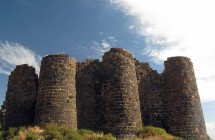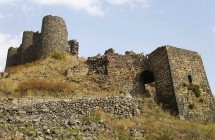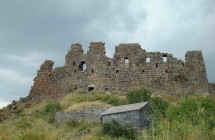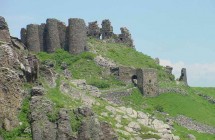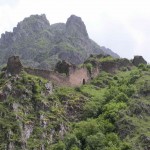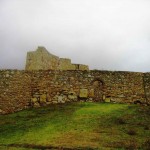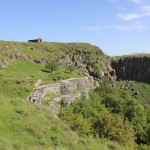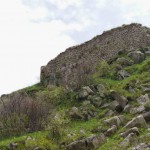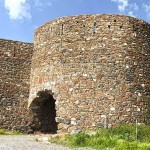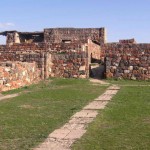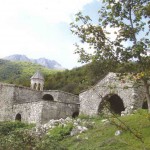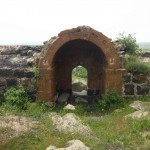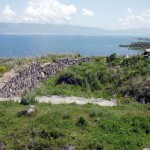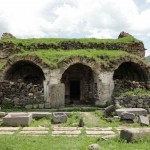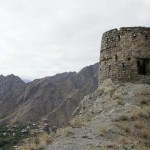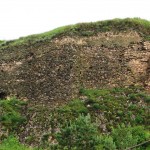
Amberd fortress
Comment are off
The complex of Amberd derives its great historical importance from its uniqueness, being one of the best and the largest examples of Armenian fortress construction. The site incorporates a rich variety of buildings (church, chapel, baths, walls, gates, etc.), in a spectacular position defined by good natural defenses. Amberd fortress means «a fortress in the clouds» in Armenian – a fitting name given its elevation at 2,300m on the slopes of the Mount Aragats. The Amberd Fortress is located 4 miles from the village of Byurakan. The fortress was founded in the 7th century A.D. during the rule of the Kamsarakan princes. It was rebuilt 4 centuries later by Vahram Vachutian Pahlavuni. He added thick stone walls and 3 bastions along the ridge of the Arkhashyan ravine, where there were no natural defenses.An inscription above the entry to the church within the fortress indicates that it too was built in 1026. The exterior architecture is simple and expressive, crowned by an umbrella shaped cupola. Amberd was overrun in the 11th century by the Seljuk Turks. Two centuries later, it was assailed by Mongol invaders.Despite its turbulent history, significant details of remains are accessible today. Apart from portions of walls, towers and the church, there are the ruins of a bathhouse and parts of a secret passage and a water-supply system that can be seen.


